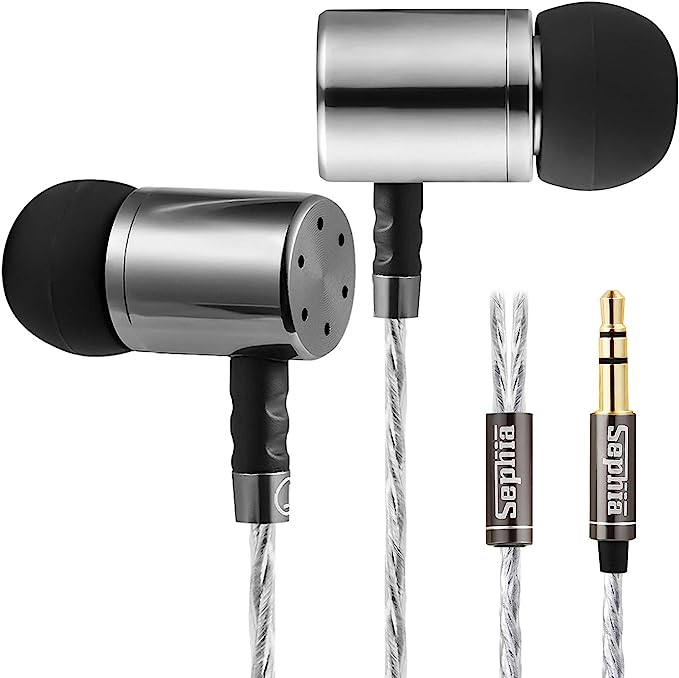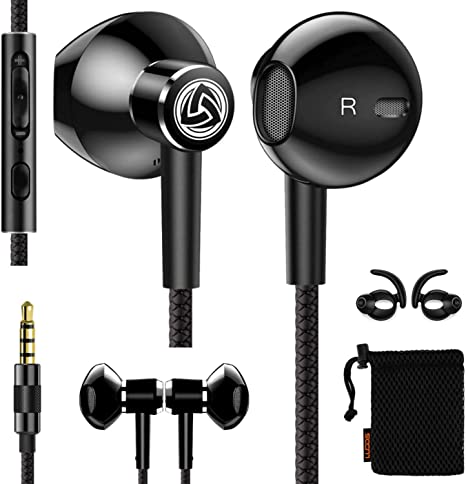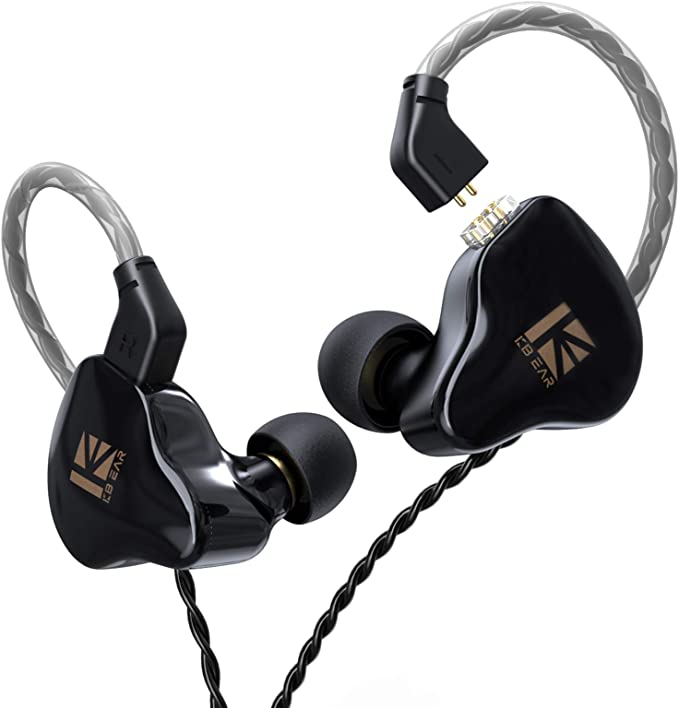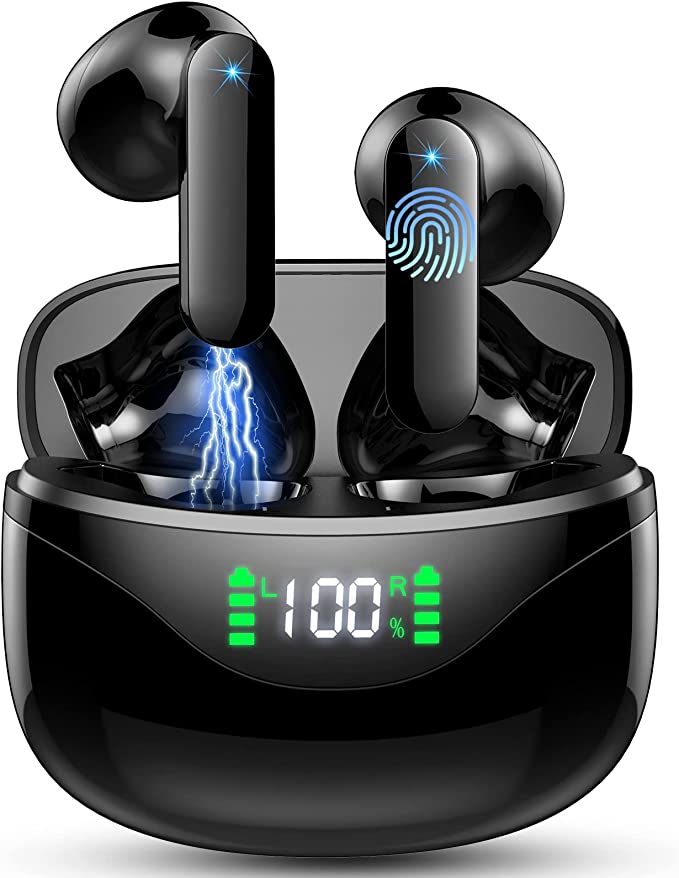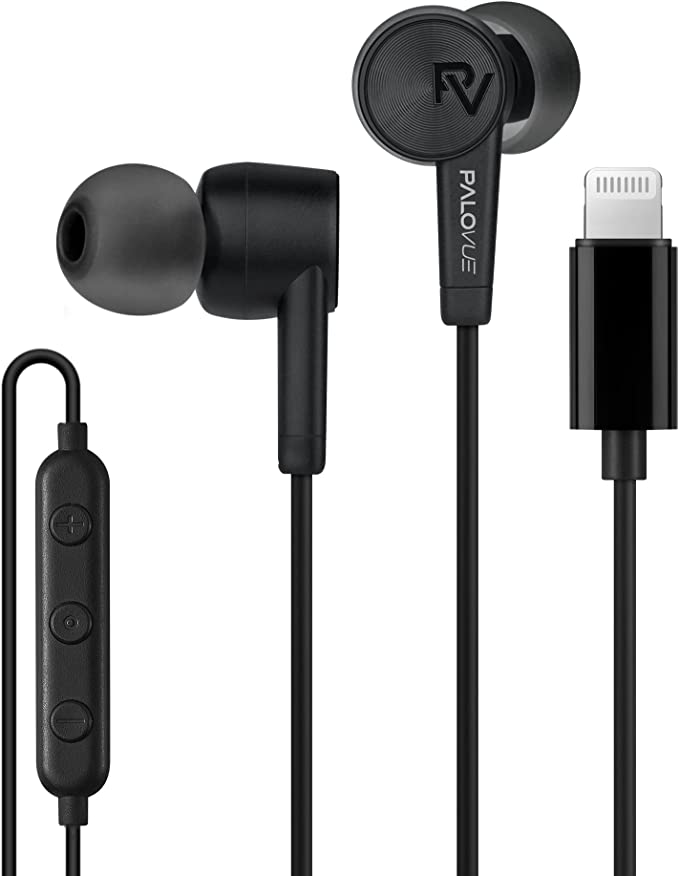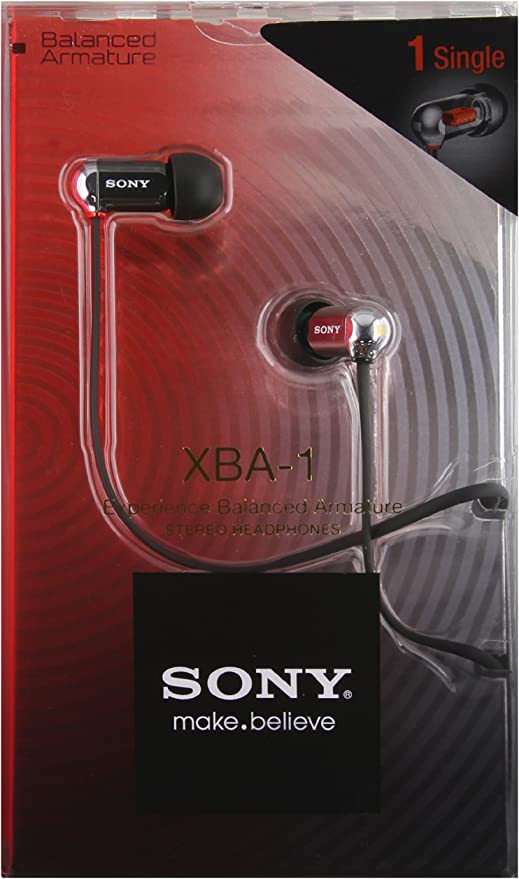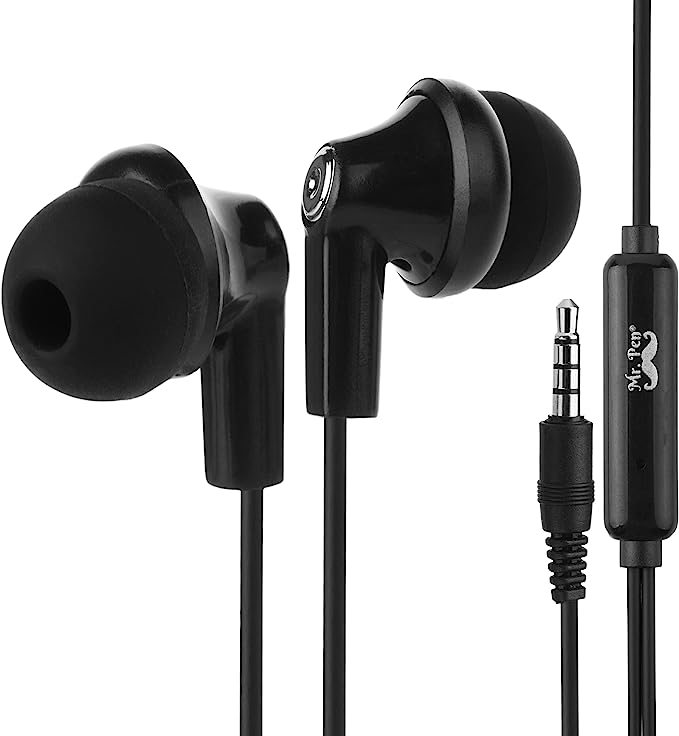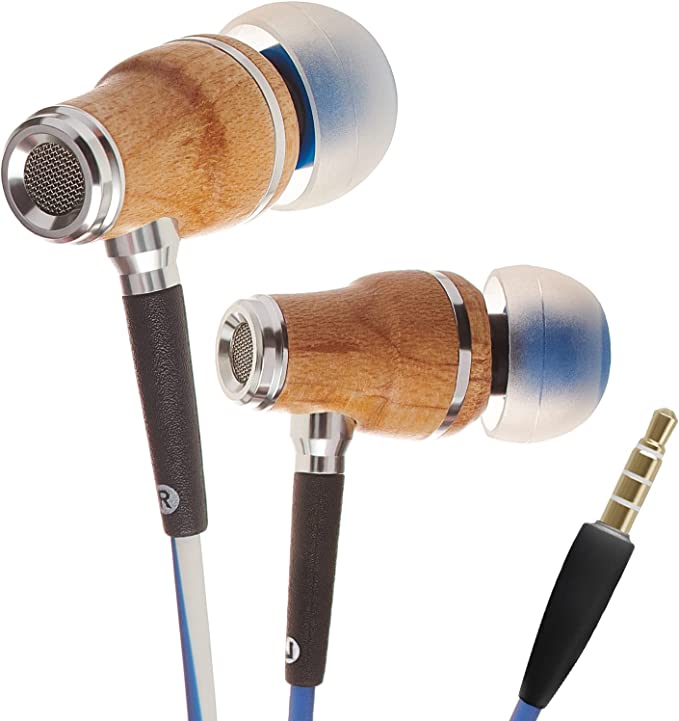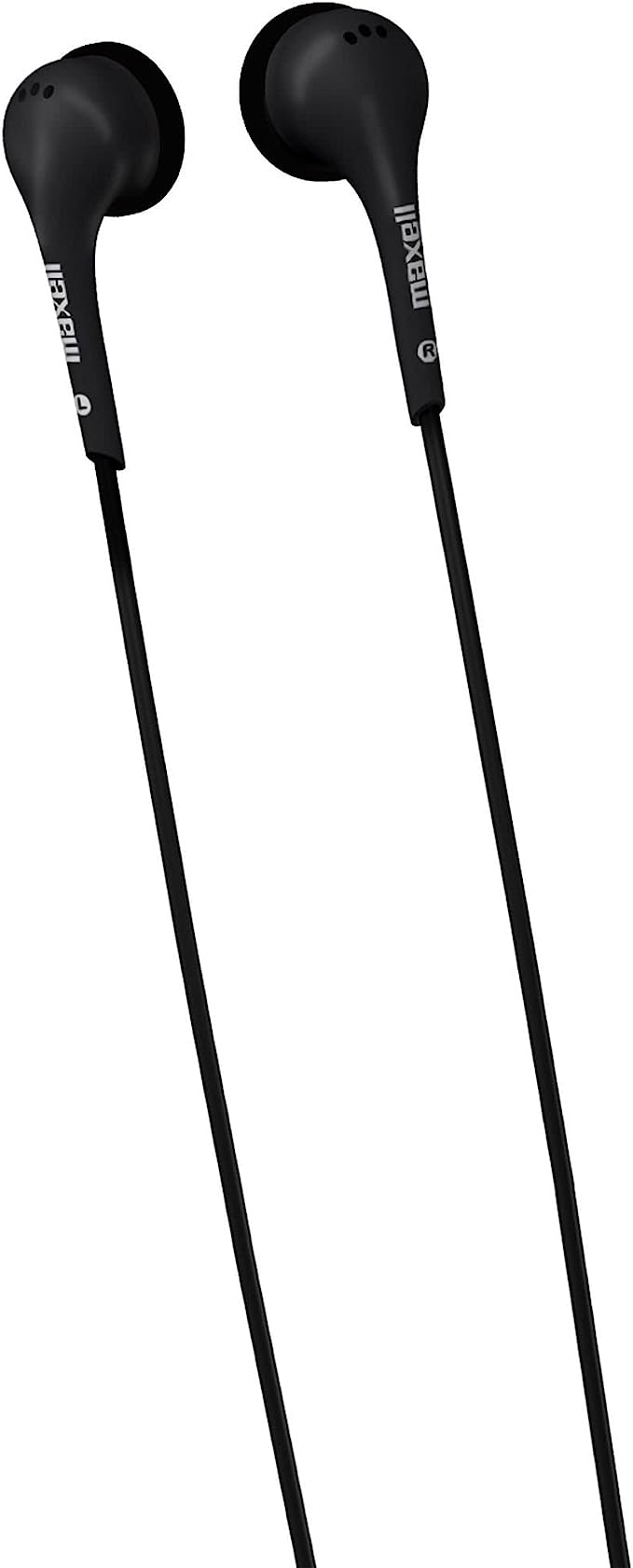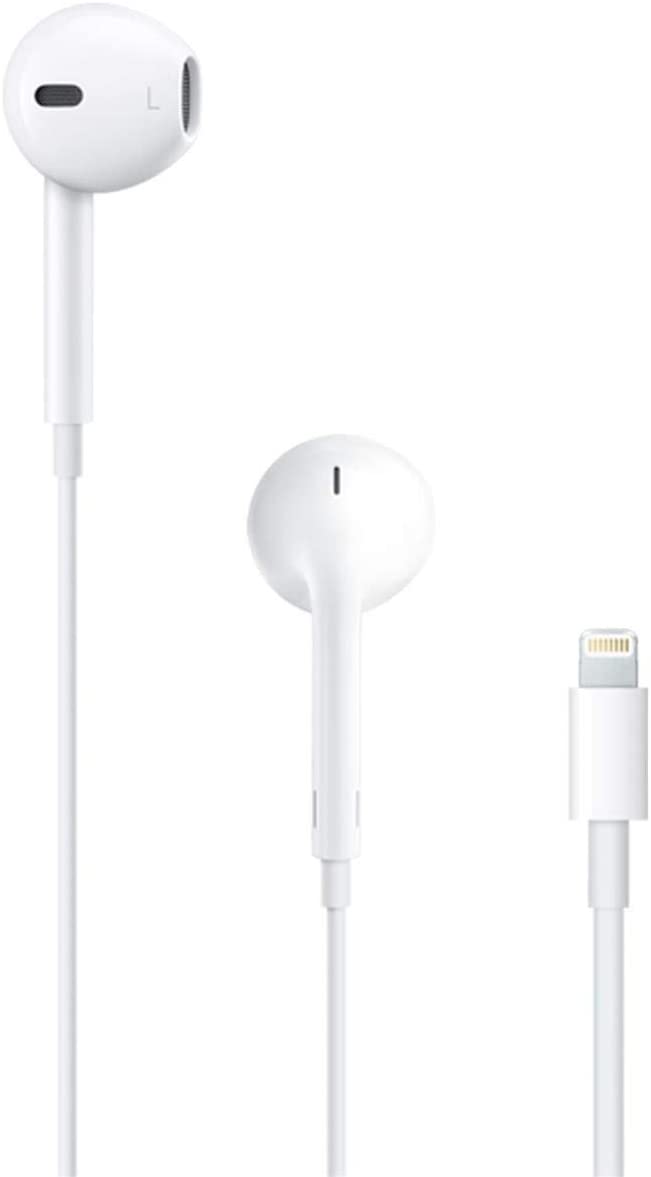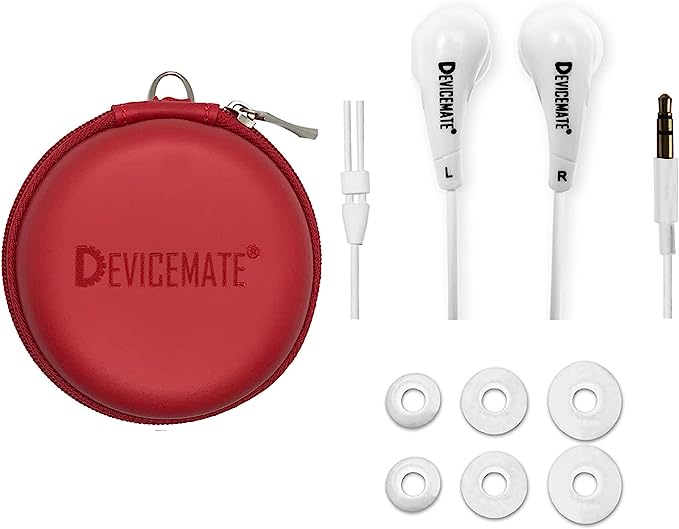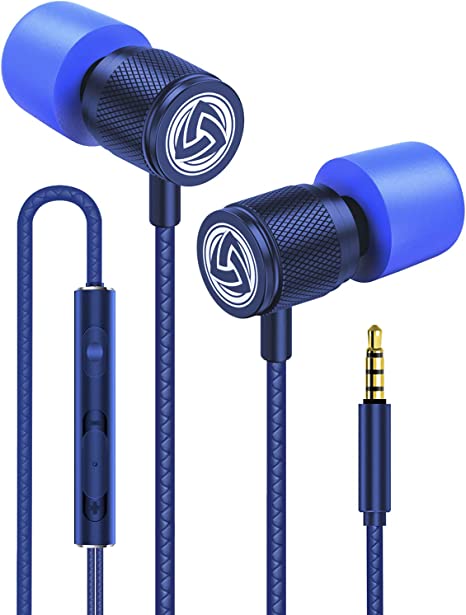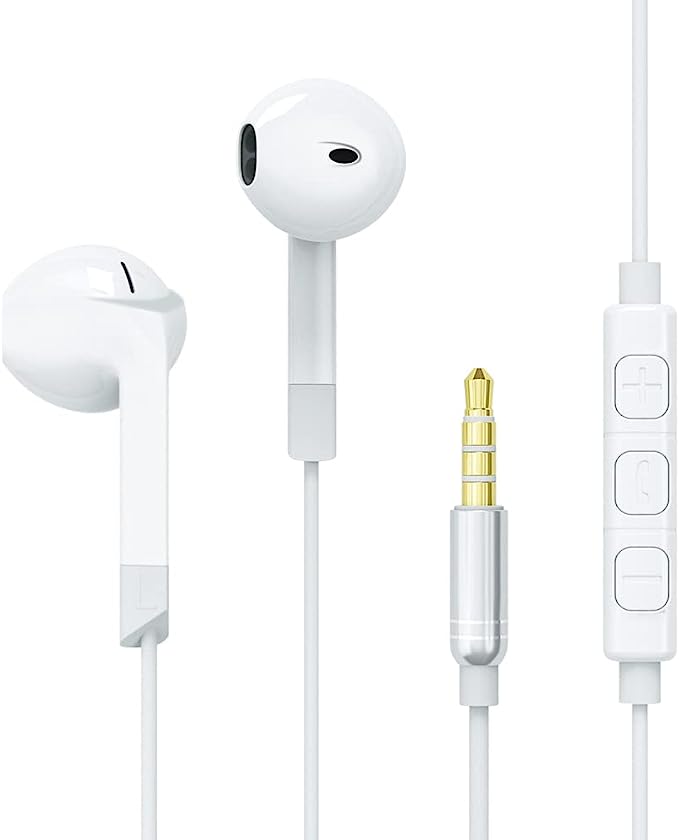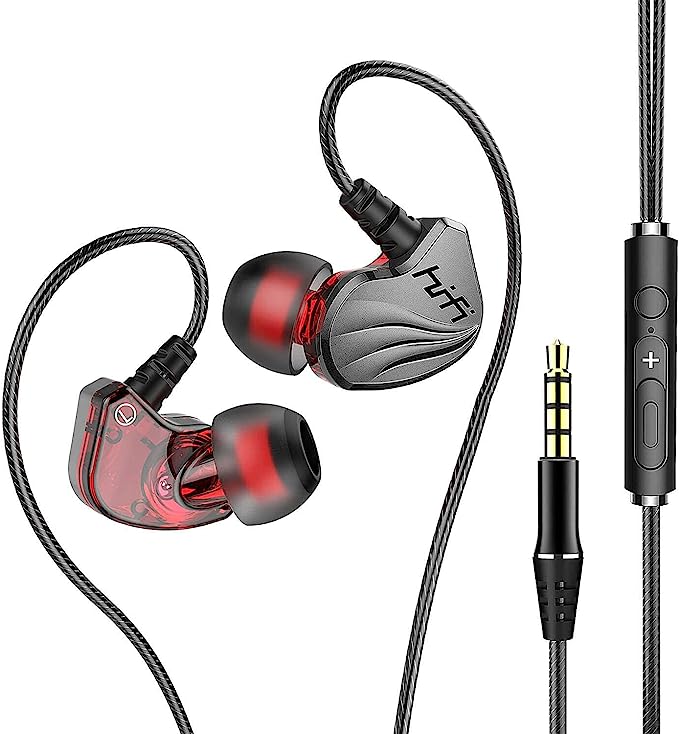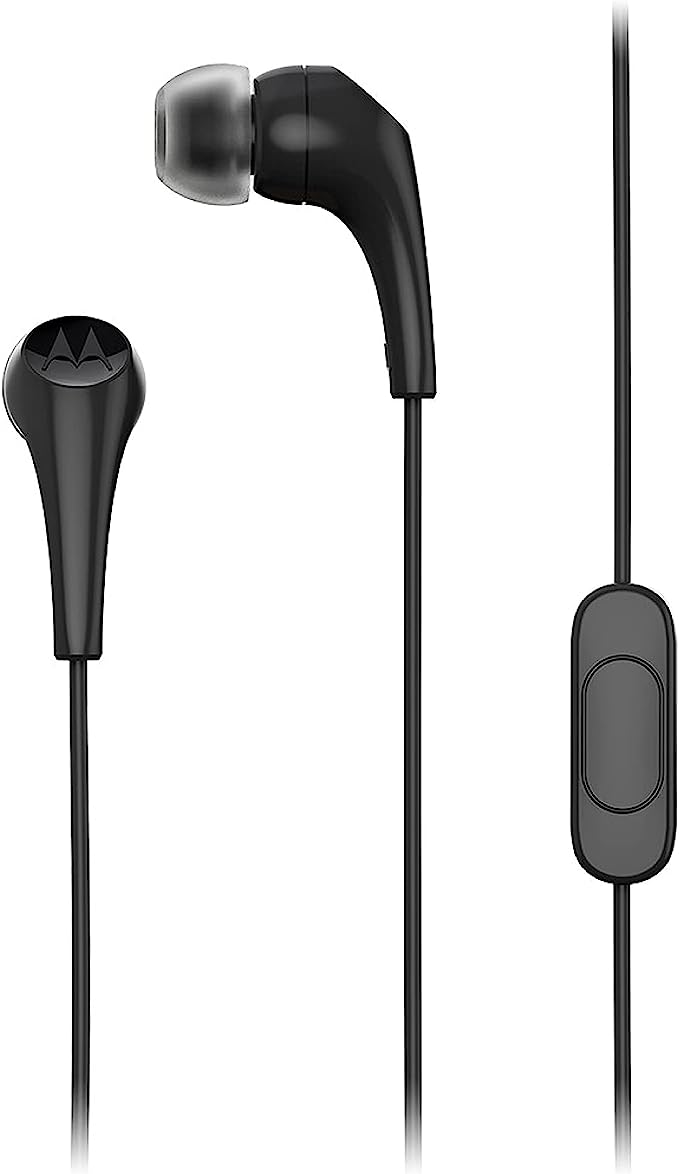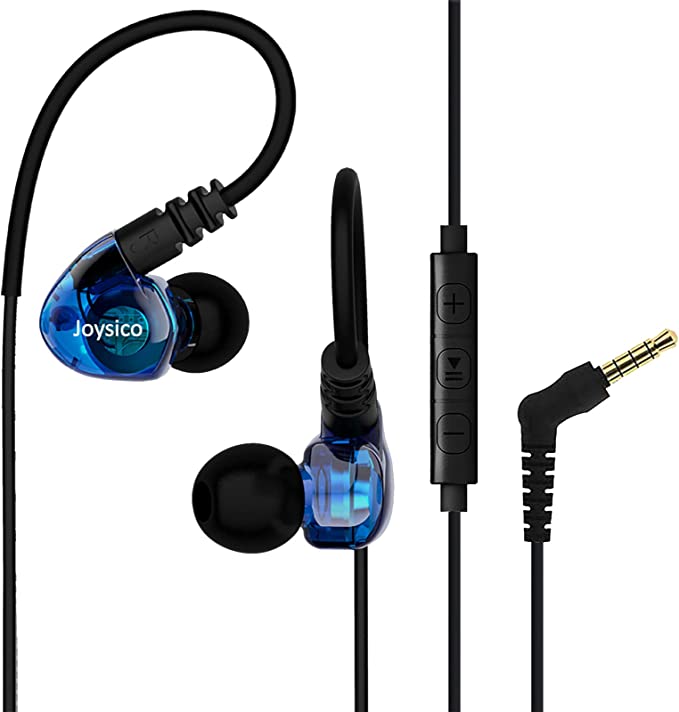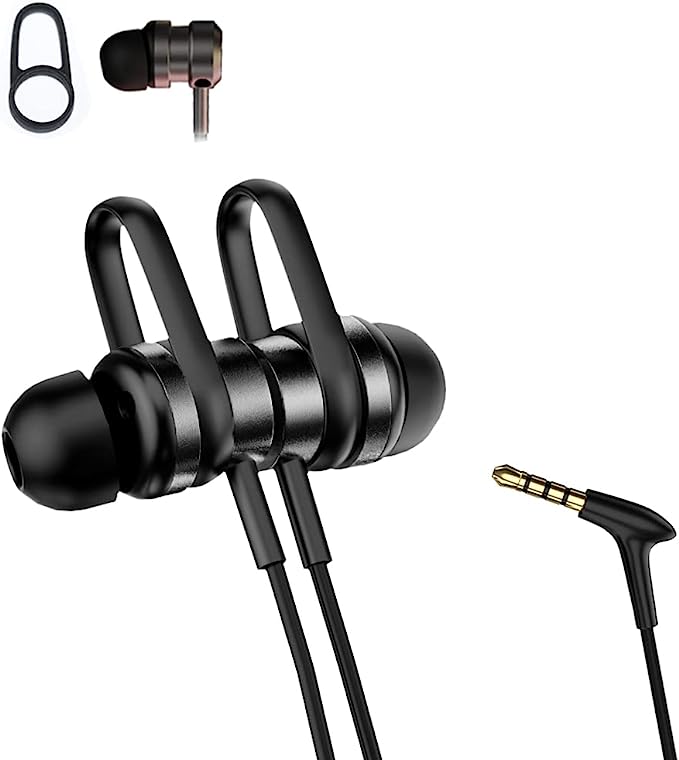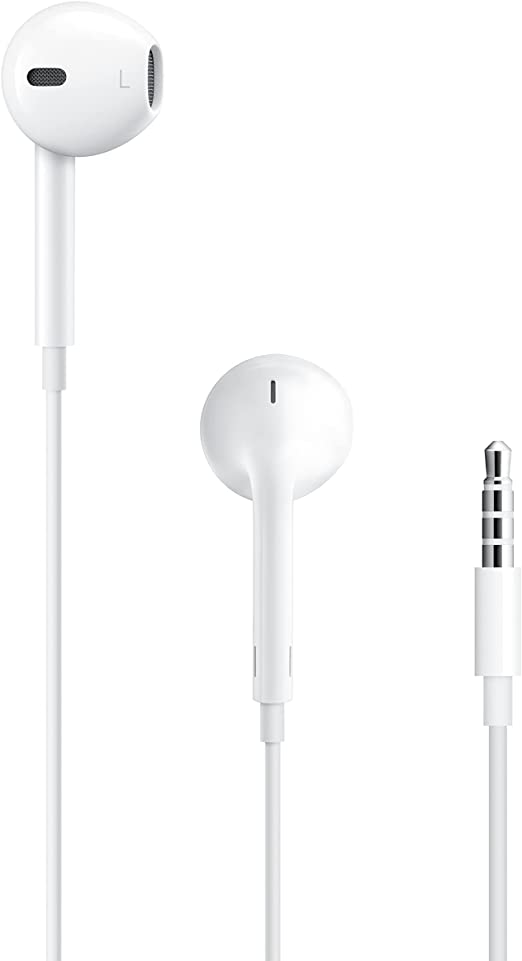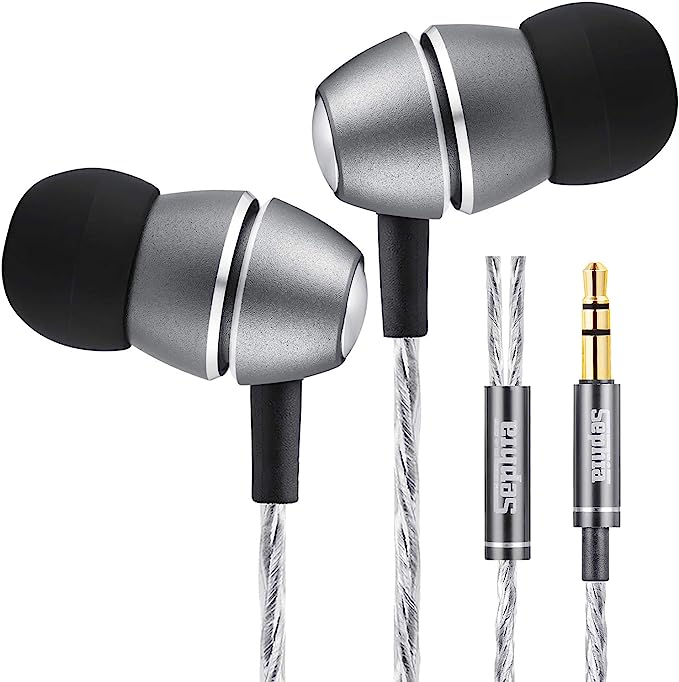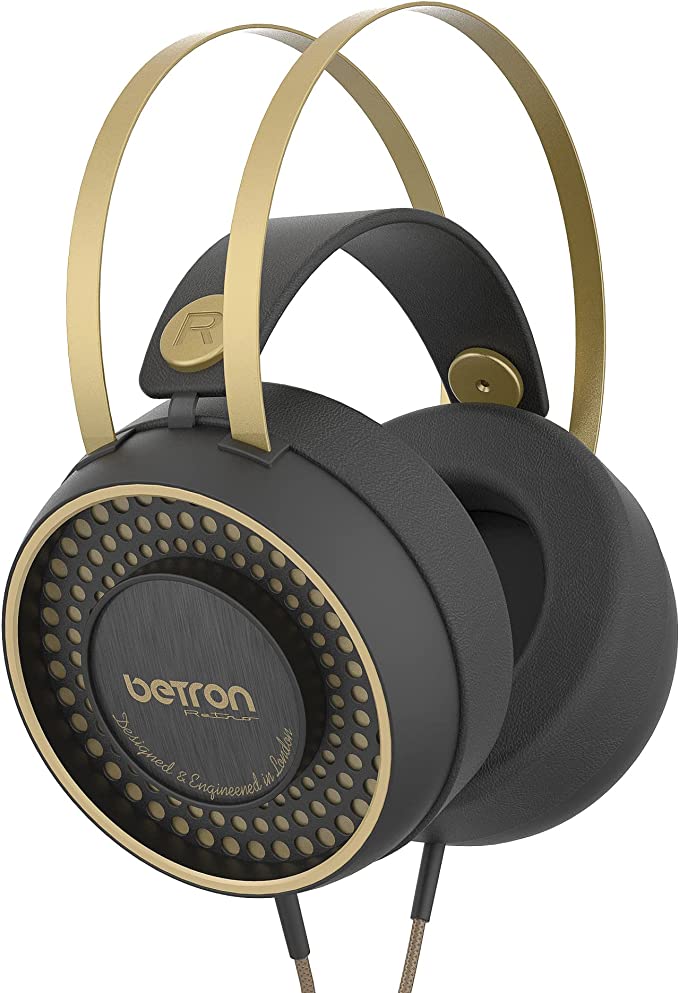Wired Earbuds: Why They Still Offer Superior Sound and Value
Update on July 25, 2025, 5:54 a.m.
In 1910, a man named Nathaniel Baldwin sat at his kitchen table, tinkering with wires, a headband, and a couple of small receivers. He wasn’t trying to start a revolution; he was simply trying to amplify the sound from his crystal radio set. The resulting invention, a pair of oversized and clumsy-looking headphones, was initially rejected by private investors as a trivial novelty. Undeterred, Baldwin sent a prototype to the US Navy, which, to his surprise, ordered a hundred. They had discovered what Baldwin already knew: his creation was a game-changer for communications.
Fast forward over a century. We hold in our hands a pair of sleek, impossibly light Yadesign Wired Earbuds, costing less than a movie ticket at $6.99. It’s easy to see them as disposable, a technological footnote in an age of intelligent, battery-powered wireless pods. But that’s a mistake. These simple devices are not relics. They are the direct descendants of Baldwin’s kitchen-table invention, a marvel of distilled science and engineering wisdom. To understand their value, we must dissect one and look for its analog soul.

The Beating Heart: A Thunderstorm in a Bottle
At the very core of what makes an earbud work is the process of turning electricity into audible sound. This magical transformation happens inside a component called a dynamic driver. It’s the beating heart of the earbud, and its operation is a beautiful application of a fundamental law of physics discovered in the 1830s: Faraday’s Law of Induction.
Imagine a tiny, precisely controlled thunderstorm trapped in a bottle. The audio signal from your phone is a fluctuating electrical current—the lightning. This current flows into a delicate coil of wire attached to a paper-thin, flexible membrane, the diaphragm. The coil is suspended in a powerful magnetic field, usually generated by a tiny, potent neodymium magnet. As the electrical current surges and ebbs through the coil, it creates its own fluctuating magnetic field, which pushes and pulls against the permanent magnet.
This forces the diaphragm to piston back and forth at incredible speeds, thousands of times per second. This rapid movement vibrates the air molecules inside your ear canal, creating pressure waves. And those pressure waves? That’s sound. It’s an elegant, efficient, and robust system that has remained the bedrock of speaker and headphone design for nearly a century because it works astonishingly well.

Crafting Emotion: The Hidden Art of Tuning
If the driver is the heart, then the tuning is the earbud’s personality. Why do some headphones sound “warm,” others “bright,” and these Yadesign earbuds promise “powerful bass and clear sound”? The answer lies in a fascinating intersection of physics and psychology known as psychoacoustics.
Physically, sound is a spectrum of frequencies, from the deep rumble of low-end bass to the shimmering sizzle of high-end treble. An earbud’s frequency response is a map of how well it reproduces this spectrum. However, our brains don’t perceive all frequencies equally. Groundbreaking research in the 1930s by Harvey Fletcher and Wilden Munson revealed that our ears are most sensitive to mid-range frequencies (where human speech lies) and are far less sensitive to bass and treble, especially at lower volumes.
This is where the art of tuning comes in. To compensate for our ears’ natural bias, many consumer headphones, likely including these, employ a popular “V-shaped” sound signature. They deliberately boost the low-end bass and the high-end treble. This isn’t about creating an “accurate” sound, but a pleasing one. The boosted bass gives music a satisfying weight and rhythm, while the enhanced treble ensures vocals and instruments remain crisp and clear. It makes the music feel more alive and engaging at the volumes we typically listen at.
Here, the wired connection reveals its purest advantage. The signal travels as a continuous analog wave, free from the digital compression and decompression cycles of Bluetooth transmission. There’s no data lost, no algorithm guessing at the sound. It is a direct, unadulterated, zero-latency link between the source and your ear—a stream of pure information.

The Cone of Silence: Building Your Private Soundscape
One of the most immediate benefits of an in-ear design is the instant hush that descends when you put them in. This isn’t the complex, battery-draining magic of Active Noise Cancellation (ANC), which uses microphones and processors to create anti-noise waves. This is Passive Noise Isolation, and its genius lies in simple, effective physics.
Think of it as building a tiny fortress wall at the entrance of your ear canal. The soft, pliable silicone ear tips (the reason Yadesign includes three sizes: S, M, L) are the building blocks. When you find the right size, the tip expands slightly to create a near-perfect seal against your skin. This seal does two crucial things simultaneously. First, it physically blocks a significant amount of external, high-frequency sound waves—like office chatter or the hiss of traffic—from ever reaching your eardrum.
Second, and just as important, that seal traps the sound waves produced by the earbud’s driver, especially the low-frequency bass waves. Without a good seal, bass energy leaks out, leaving the music sounding thin and anemic. With a good seal, the bass is contained, its energy focused, resulting in a richer, fuller, and more impactful listening experience. It’s a perfect example of how a thoughtful, simple design choice can dramatically enhance performance.

The Unbreakable Link: More Than Just a Wire
In a world rushing to eliminate ports, the humble 3.5mm headphone jack might seem archaic. But this connector is an icon of engineering, a standard whose history stretches back not to the Walkman, but to 19th-century telephone switchboards. The TRS connector (Tip, Ring, Sleeve) is a masterpiece of functional design. Each metal section is insulated from the others, carrying a specific signal: left audio, right audio, and a common ground. It’s a simple, robust, and universally understood language for transmitting stereo sound.
This physical connection represents a philosophy of reliability. It requires no battery, no pairing, and no software updates. It’s a tangible link that speaks to an era of durability and the modern “Right to Repair” movement. Its function is transparent, its compatibility vast—from laptops and gaming consoles to airplane armrests. The cable itself, often praised in reviews for being tangle-resistant, is a small nod to materials science, using polymers like TPE to achieve a balance of flexibility and smoothness.

Conclusion: The Enduring Wisdom of Simplicity
From Nathaniel Baldwin’s kitchen table to the global supply chain, our journey through the science of a $7 earbud reveals a profound truth. These devices are not disposable afterthoughts. They are the culmination of over a century of discovery in physics, acoustics, and materials science. They are a testament to the power of a single, brilliant idea—a vibrating diaphragm in a magnetic field—and the quiet genius of standards like the 3.5mm jack.
The Yadesign Wired Earbuds, and countless others like them, represent a triumph of democratic and efficient design. They prove that you don’t need a high price tag or complex algorithms to solve a fundamental human desire: to carry our music with us, to create a private world of sound. In their elegant simplicity, we find an enduring wisdom—that a deep understanding of the fundamentals is, and always will be, the key to creating technology that truly serves us, reliably, affordably, and beautifully.
